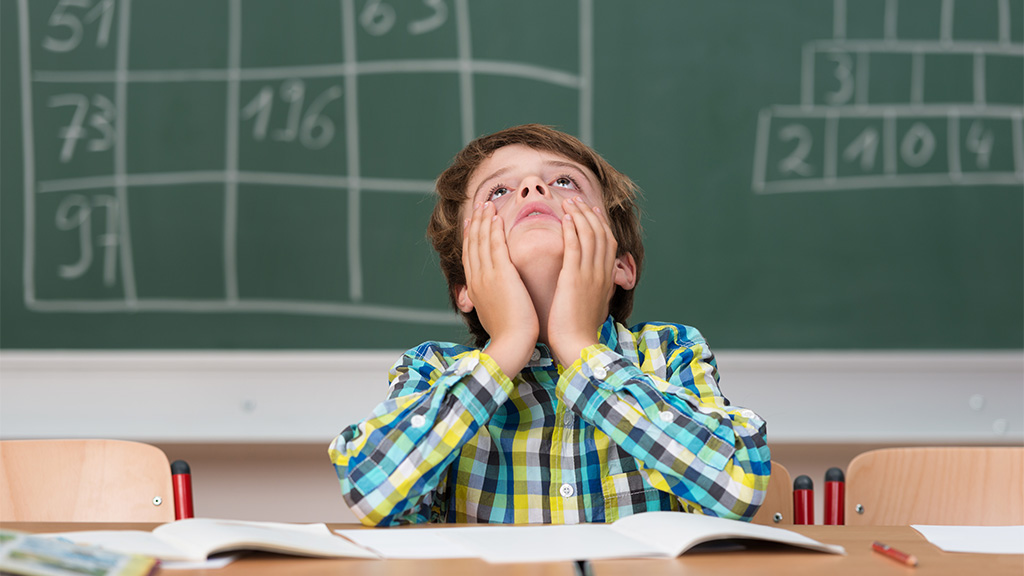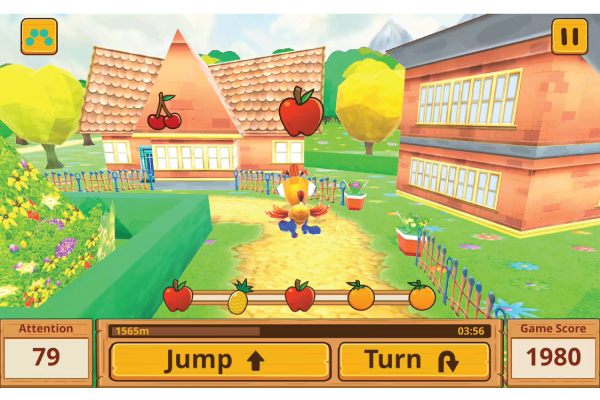Attention-deficit/hyperactivity disorder (ADHD) is one of the more common mental disorders affecting children. A complex neurodevelopmental disorder which every parent or guardian must never overlook, ADHD can highly impact your child’s mental, social, and emotional growth, including their relationships with others. Symptoms of ADHD include inattention (not being able to keep focus), being hyperactive, where the excess movement is not fitting to the current environment, and being impulsive, where the child hastily acts without careful thought.
ADHD symptoms in children
Studies show that the average age of ADHD diagnoses is 7 years old. The hyperactivity and inattention of children with ADHD may cause distress and problems at school, at home, or in other environments. Early diagnosis in treatment can make a big difference in managing this behaviour disorder.
According to Johns Hopkins Medicine, there are three types of ADHD:
- Combined type. The combined type is the most common type of ADHD and is characterized by impulsive and hyperactive behaviours as well as inattention and distractibility.
- Hyperactive and impulsive type. The least common type of ADHD, this is when the child cannot stay seated or squirms in seat at home or in the classroom, is always on the go, talks too much, cannot wait in line, fidgets with or taps hands or feet, or runs about or climbs in inappropriate places. The hyperactive child can’t wait to speak in conversations, or interrupts people during conversations.
- Inattentive and distractible type. This type of ADHD is seen with children who have problems staying focused on tasks or activities in school or at home; organizing tasks is challenging. Losing things seem to be normal, as the child is easily distracted, cannot seem to listen when spoken to, and cannot pay close attention to details, forgetting to accomplish daily tasks and chores.
Parents dealing with ADHD children: treatments and solutions
Parents raising children who have ADHD, may face many challenges. This could be frustrating, stressful, and even depressing to accept or manage their child’s behaviour, since the usual rules and routines at home and in school tend to be different. But for those who commit to understand this kind of disorder, and to manage it with solutions, life can become easier for parents and guardians.
Conventional Treatments
There are conventional treatments for ADHD, such as educational programs to help your child in school, and even at home. One is play therapy which can help reinforce self-expression and manage emotions. Included in play therapy may be sand art therapy, which facilitates natural expression of emotions.
Medications help children with ADHD symptoms, but can also spell side effects such as insomnia, headaches, stomach aches, and even recurrence of symptoms.
Psychosocial treatments such as behaviour therapy for both the child and the parents, aims to learn or strengthen positive behaviours. Here, behaviour management is learned, helping both parents and their child cope with the challenges of ADHD.
New Methods for managing ADHD
Neurofeedback, or EEG (electroencephalogram) training, is a complementary program for managing ADHD, as it aims to train their brains. This is done through the study of the brain waves, monitoring, and getting feedback on these brain signals.
Neurofeedback shows brain activity and how the brain responds to certain stimuli. With proper and regular monitoring of brain training, there could be improvements to behaviour and improvements to their ADHD symptoms.
Neurofeedback via Cogo
Cogo is a patented, scientifically validated digital attention training program based on Brain Computer Interface (BCI) technology. Jointly developed by A*STAR’s Institute for Infocomm Research (I2R), Institute of Mental Health and Duke-NUS Medical School in Singapore, Cogo, paired with Neeuro SenzeBand 2, is easily administered and is a fun and interactive game to help improve your children’s attention issues. It is a solution to help children learn to focus better and is complementary to current conventional treatments for ADHD.
Neeuro Cogo is a solution where the child, wearing a wireless EEG device called SenzeBand 2, moves an avatar through Cogo and completes specific tasks. The SenzeBand 2 interprets brain signals in real time and determines if the child is in a focused state. If the child is focused, the Cogo character moves and stops if the child loses focus. This conditions the child to focus and helps improve their attention level. This convenient training program enables the child and the parents the ability to carry on training in the treatment centre or in the comforts of their home.
Benefits of Cogo
The therapeutic approach of Neeuro Cogo uses a non-invasive BCI-based game to help children learn to focus better. This patented solution was developed from over 10 years of research with clinical trials conducted.
Results from the clinical trial that involved 172 ADHD children, showed that children who received 8 weeks of intervention had significant improvements in their inattentive symptoms than those who did not receive any intervention. Additionally, through brain scans (fMRI), children in the intervention group showed renormalization of their brain network activity – increased closeness in the prefrontal region of the brain that is associated with attention (i.e. less inattentive symptoms).
For parents who have children with ADHD, the advent of complementary solutions such as Cogo makes managing this behaviour disorder, much better. It is encouraging that brain training using EEG devices may help improve their children’s mental health challenges, particularly ADHD.
Click here to partner with us and help children achieve stronger and healthier brain!







Leave a Comment